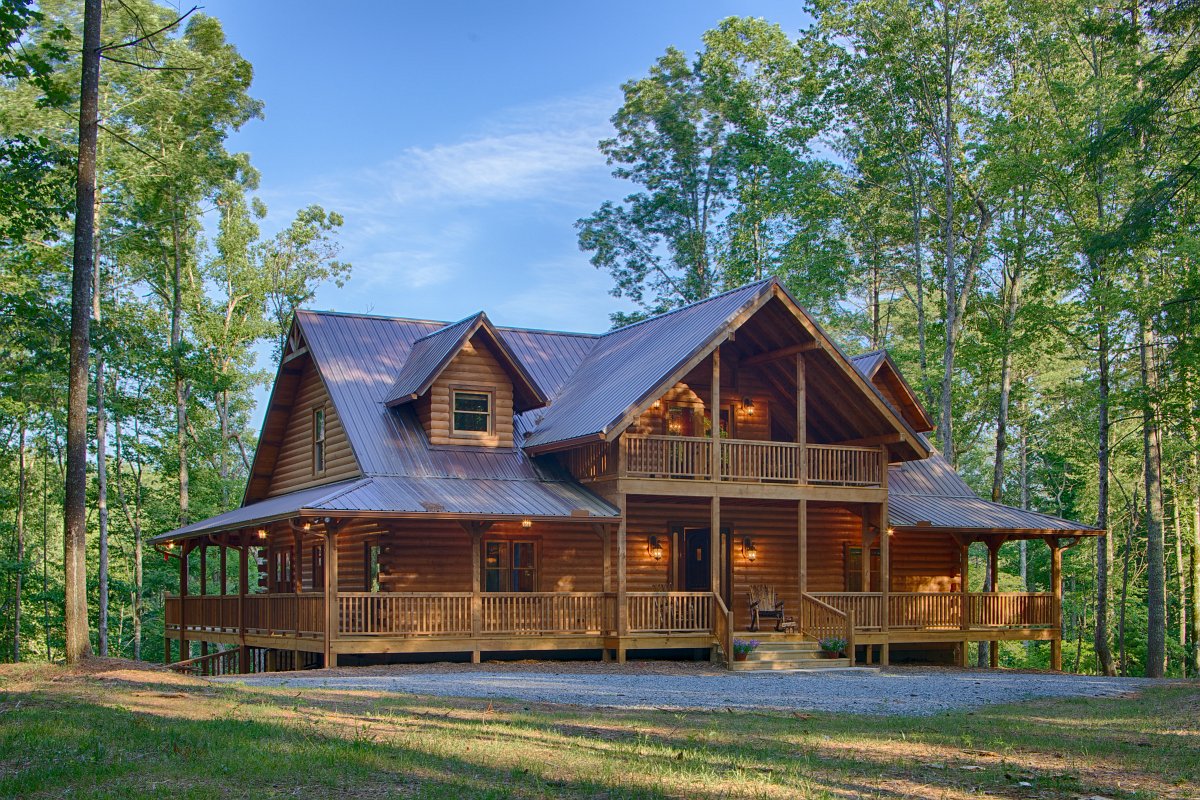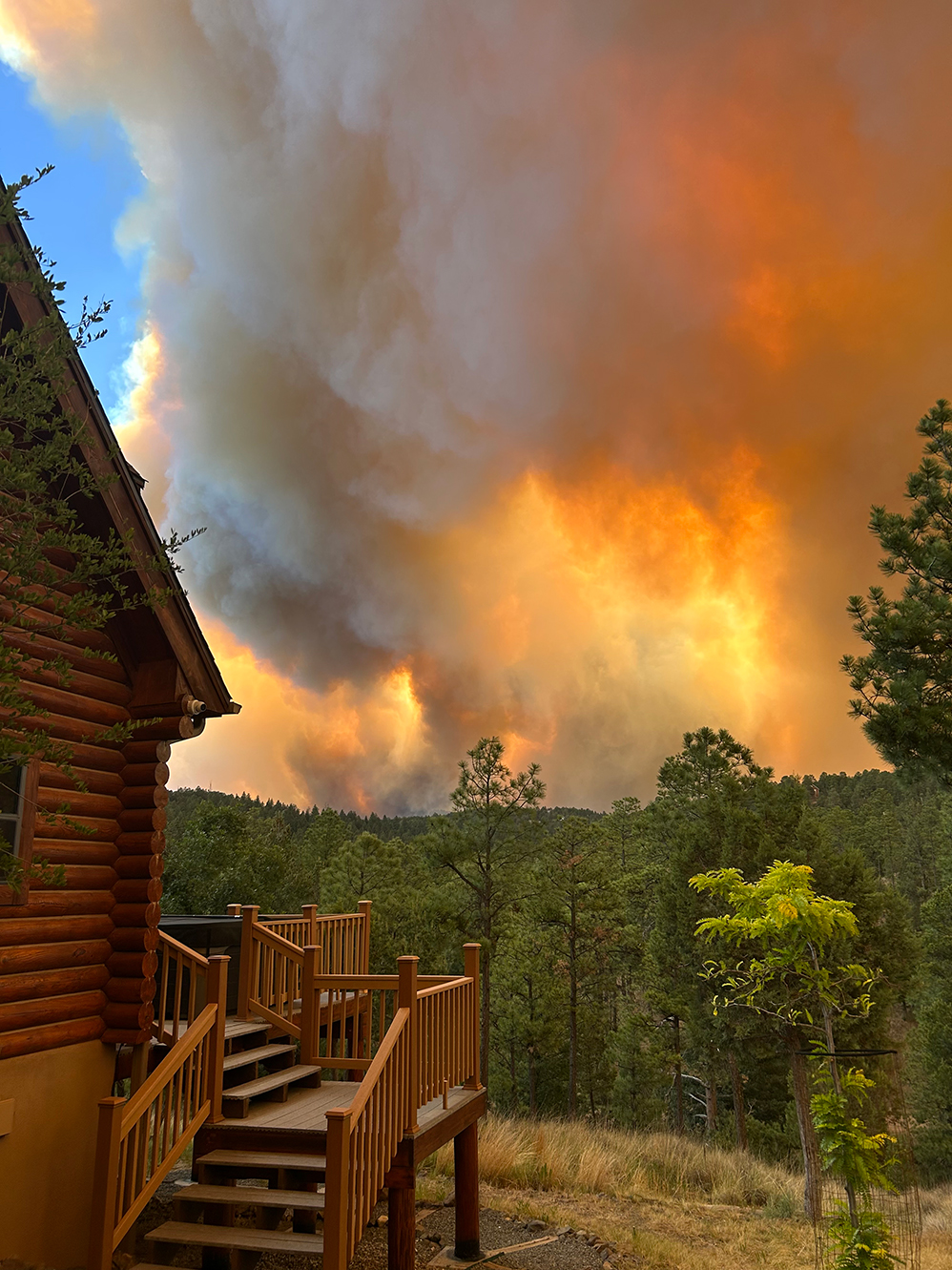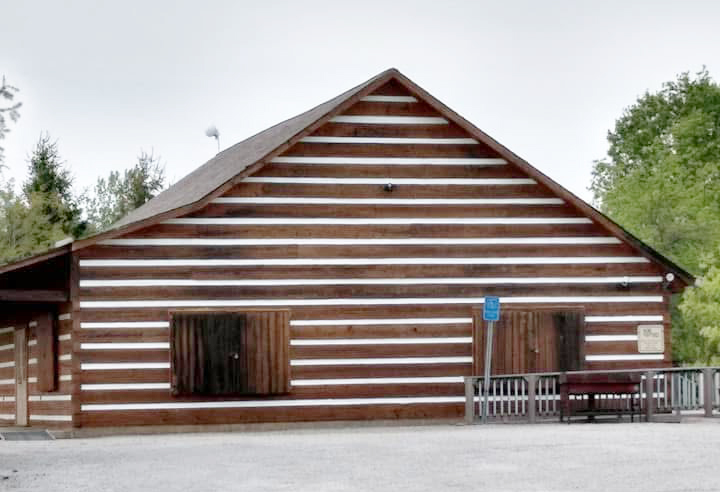 Perma-Chink Systems, Inc
Log & Timber Home Care Experts
Perma-Chink Systems, Inc
Log & Timber Home Care Experts
July we celebrate National Log Home Month. During the month of July, log home manufacturers will honor America’s log home heritage by hosting home tours, log raising demonstrations, log home building seminars and more. There are many different sizes and styles of log home construction to suit any homeowner's vision.
Here we present the TOP 15 Log Home Manufacturers, and invite you to visit their websites and see what they have to offer. Each manufacturer is outstanding in quality of craftsmanship, and this is not a ranked list - just a compliation of the best log home builders.

Perma-Chink Systems: Five Decades of Environmental Leadership
For over 40 years, Perma-Chink Systems has been committed to developing innovative products that minimize environmental impact while enhancing the performance and beauty of log and timber homes. From the very beginning, environmental responsibility has been at the core of our mission.
Our first product, and our namesake, Perma-Chink® log home chinking, was created as a superior alternative to traditional mortar chinking. Unlike mortar, which does not adhere well to log surfaces and tends to crack over time, our elastomeric chinking provides a long-lasting, flexible seal. This reduces air infiltration, improving energy efficiency and lowering heating and cooling costs.
New Leadership Transitions & Advancements at Perma-Chink Systems
Perma-Chink Systems is proud to share exciting news about our continued growth and the leadership transitions that are shaping the future of our company. At PCS we have embarked on a strategic plan to implement meaningful changes and drive organizational improvements at every level, reinvesting in the company and its resources to support long-term growth.
Decks are Outdoor Entertaining Spaces - And Should Look It
Indoor spaces can feel overbearing and confining when hosting a small (or large) gathering of friends and family. Spending time outside creates a welcoming atmosphere, encourages more interactive conversations (think games like cornhole or horseshoes), and fosters relaxation and a deeper connection with nature.
The foundation of a great outdoor experience is right under your feet — your deck. Its condition can enhance or detract from the event, so maintaining it is key to creating exceptional memories.
![]()
Perma-Chink Systems, Inc. is delighted to reveal the winners of the first-ever Icon Project Awards. This inaugural event showcased an impressive array of log and timber home projects, celebrating the craftsmanship and artistry of skilled professionals in the field.
Whether it’s creating new structures or restoring historic log homes, log and timber care professionals play a vital role in preserving a true emblem of the American frontier: the log home. With a rich legacy as homesteads, frontier forts, and more, these homes now symbolize independence and freedom.
Passed down through generations, cherished log homes face the relentless effects of nature, requiring expert care to ensure they endure the test of time.
With this perspective, Perma-Chink Systems recognizes and honors the extraordinary dedication of those who preserve these iconic structures. And now, it is with great excitement that we present the top three projects of the 2025 Icon Project Awards!
Remember that the key to maintaining a beautiful exterior and a structurally sound energy-efficient log home depends on controlling UV-light exposure and preventing excessive moisture absorbtion. Proper attention to maintenance during your first three to five years in your log home will reduce maintenance for many years beyond.
Dealing with Seasonal Checks
Surviving the South Fork Fire
I wanted to share our experience and express my gratitude for your incredible products and support.
Hi! My name is Brent Kriegel. We own a log home in Ruidoso, NM, which we purchased in September 2020. In July 2021, we fully restored the exterior—sandblasting off the old oil-based stain and using 100% Perma-Chink Systems products for Prep, Stain, and Energy Seal. The results were fantastic!

Log Home Care Online Utilizes Perma-Chink Systems Products for Ohio State University Project
Ohio State University has been making headlines recently after winning the National Football Championship, and we’re excited to share another impressive accomplishment tied to the university. Wayne Bell and Log Home Care completed an outstanding restoration project on the iconic log structure located within OSU’s Gwynne Conservation Area.
Energy Seal™ is specially formulated for sealing narrow gaps in log home joinery such as butt joints, window trims, door trim and corners. These gaps should be no larger than one inch wide. Energy Seal contains a fine aggregate that gives it a texture which enables it to more closely match the texture of wood and accept a stain, so that it will blend in with the stained wall color if so desired. Although it can be used in wider joints, we typically recommend using Perma-Chink® Log Home Chinking for wide chink joints.
There’s something undeniably magnetic about the American log home. It’s more than just a structure; it’s a symbol of freedom, heritage, and a deep-rooted connection to the land. People are drawn to log homes for their timeless beauty and rustic charm, which evoke a sense of nostalgia and simplicity. They offer a retreat from the noise of modern life, inviting you to slow down, breathe deeply, and reconnect with nature, with family, and with yourself.